Visiting South Korea doesn’t have to break the bank. With its rich history, vibrant culture, and breathtaking landscapes, South Korea offers a plethora of experiences that can be enjoyed on a budget. From the bustling streets of Seoul to the serene temples of Gyeongju, this guide will help you explore the Land of the Morning Calm without emptying your wallet. You might not have considered this, but adding on a volunteer project is another cheap way to enrich your experience. Read more about some programs below!
Understanding Entry Requirements and Visas
Before packing your bags, it’s essential to understand the entry requirements. Most travelers will need to obtain an Electronic Travel Authorization (ETA) before their visit. The process is straightforward and can be completed online.
The official cost of K-ETA is 10,000 Korean Won payable via credit or debit card. You will need to submit:
1) Valid passport
2) Valid E-mail address
3) Portrait photo. If applying on a computer, upload the photo file; if applying via mobile application, take a photo using your phone camera.
According to K-ETA website, it takes approximately 72 hours to process the application
Seasonal Travel Tips: When to Visit
The best time to visit South Korea largely depends on your preferences. Cherry blossom season in April transforms the country into a picturesque landscape, while autumn, particularly in October, offers comfortable weather and stunning foliage. Budget travelers should consider visiting in shoulder seasons — March to May and September to November — to enjoy mild weather and lower prices.
Experiencing South Korea’s Culture and Natural Beauty
South Korea’s cultural heritage and natural beauty are unmatched. Places like Gyeongbokgung Palace in Seoul, Bulguksa Temple in Gyeongju, and the volcanic island of Jeju are must-visits. Budget travelers can explore many of these sites for free or at a low cost. Additionally, hiking in national parks like Seoraksan offers breathtaking views without the need for expensive gear or entry fees.
Affordable Dining and Shopping
South Korean cuisine is not only delicious but also affordable. Street food stalls and local markets in cities like Busan and Seoul offer the chance to taste authentic Korean dishes without overspending. When shopping, look for tax refund options available for tourists, which can lead to significant savings on purchases.
Traveling with Family: Seoul with Kids
Traveling to Korea with kids? Seoul is a family-friendly city with numerous attractions that cater to young visitors. The Seoul Children’s Grand Park and Lotte World Adventure are fantastic places to create lasting memories. Moreover, using the Korea Tour Card, individuals and families can enjoy discounts on public transportation and entry fees to various attractions, making city exploration both easy and affordable.
Transportation: Getting Around on a Budget
South Korea’s public transportation system is efficient and cost-effective. Apart from the Korea Tour Card, the T-Money card, a rechargeable smart card, can be used on buses, subways, and even in some taxis across the country, offering a convenient and cheaper alternative to renting a car. For longer distances, consider using the KTX train service, which connects major cities quickly, especially when booked in advance.
Accommodation: Where to Stay
From guesthouses and hostels in Hongdae to traditional Hanok stays, South Korea offers a range of accommodations to fit every budget. Booking in advance and staying slightly outside major city centers can lead to more affordable rates. Additionally, many hostels offer free breakfast, adding to the savings.
Volunteer Programs: A Unique Way to Save
Joining volunteer programs can significantly reduce travel costs while offering a unique perspective of South Korean life. IVI, an Australian non-profit, offers various volunteer opportunities in Seoul. These initiatives not only alleviate your travel expenses by covering accommodation and meals but also embed you into the fabric of local communities, enriching your travel experience with profound meaning and connections. Here’s a closer look at each available program:
The Animal Shelter Support program is a heartfelt call to animal lovers. With the distressing rise in animal abandonment in South Korea, volunteers are needed more than ever to provide care and rehabilitation to mistreated animals, primarily cats and dogs. Participants in this program will assist in daily operations at various shelters around Seoul, including feeding, cleaning, and most importantly, offering affection and socialization to help these animals regain trust in humans.
Beyond the shelters, the program extends to advocacy and adoption campaigns, aiming to find loving homes for these animals. This experience not only aids in the welfare of animals but also offers volunteers a chance to witness the direct impact of their compassion and efforts.
In addressing the critical issues of poverty and homelessness in South Korea, the Soup Kitchen Support program plays a pivotal role. Volunteers will work alongside local staff in preparing and distributing meals to those in need, providing a warm smile and an open heart to every individual they serve. This program is not just about nourishing bodies but also about fostering community and showing solidarity with those facing hard times.
Engaging directly with the community, volunteers gain insight into the local way of life and the challenges some residents face, making this an incredibly humbling and rewarding experience.
Partnering with “The Big Issue Korea,” this program offers a unique opportunity to support homeless individuals striving to rebuild their lives. “The Big Issue” is a social enterprise that empowers its vendors through the sale of a magazine, sharing profits to aid them financially.
Volunteers will stand alongside these vendors, offering moral support, helping to boost sales through engagement, and breaking down social barriers. This program not only contributes to the financial independence of the participants but also challenges volunteers to dismantle prejudices and understand the complexities of homelessness in a modern society.
For those passionate about the environment, the Ecological Park Conservation program offers a chance to contribute to the preservation of South Korea’s natural landscapes. Volunteers will engage in activities like planting trees, constructing eco-friendly barriers, monitoring wildlife, and maintaining the trails in various parks around Seoul. This hands-on work helps ensure the sustainability of these green spaces and promotes biodiversity.
It’s an opportunity to learn about local environmental efforts, the significance of the Han River to Seoul’s ecosystem, and to leave a lasting positive impact on the planet.
Enjoying South Korea without Breaking the Bank
Visiting South Korea on a budget is not only possible but can also enhance your travel experience. By planning ahead, taking advantage of discounts and volunteer programs like those offered by IVI, and immersing yourself in the local culture and nature, you can enjoy all that South Korea has to offer without spending a fortune. So pack your bags and get ready for an adventure that combines the ancient with the modern in one of Asia’s most fascinating countries.

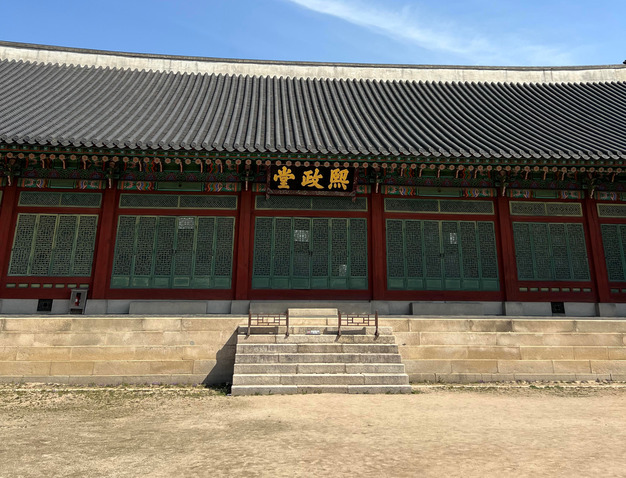
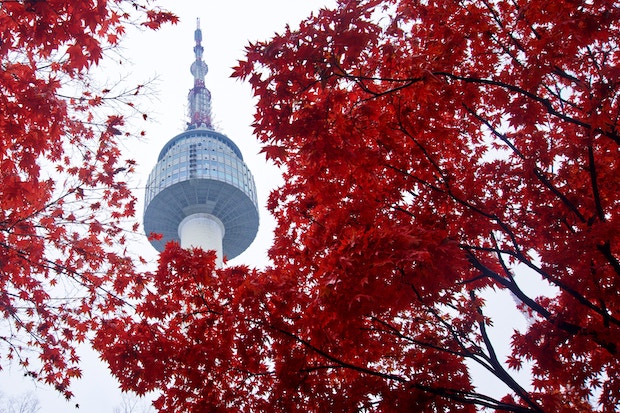
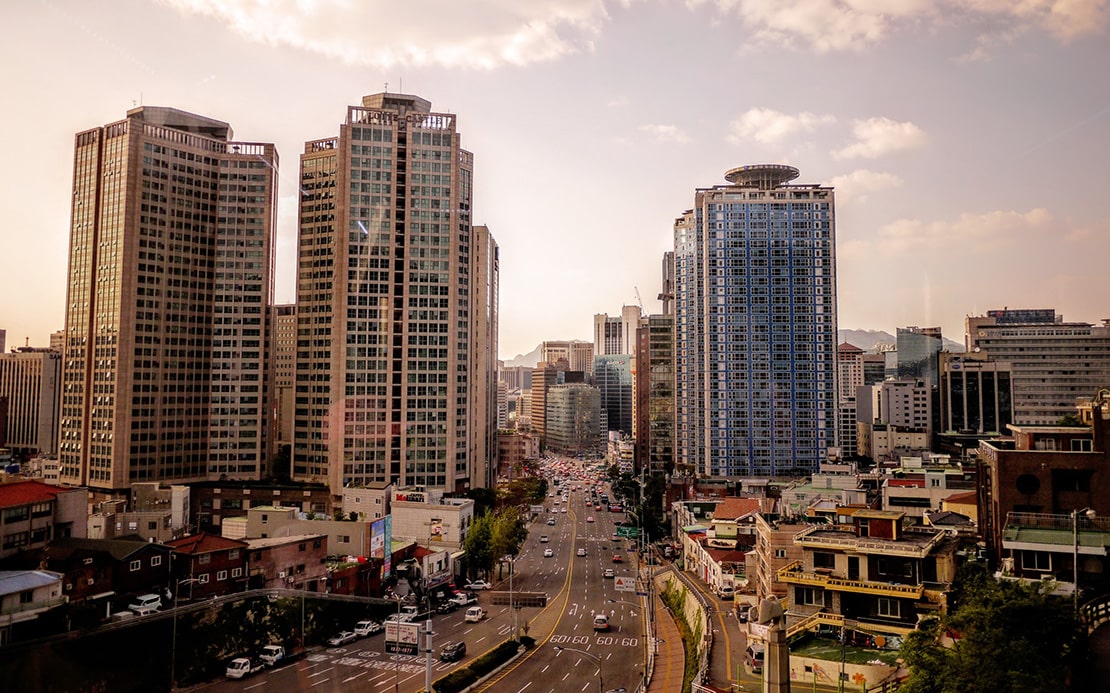


















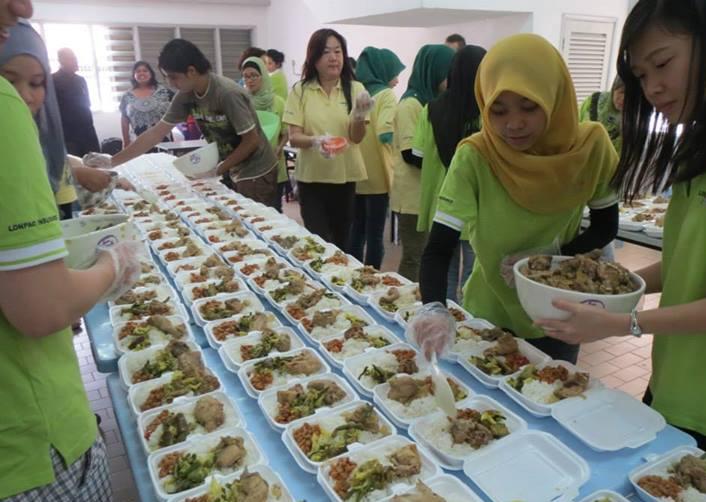
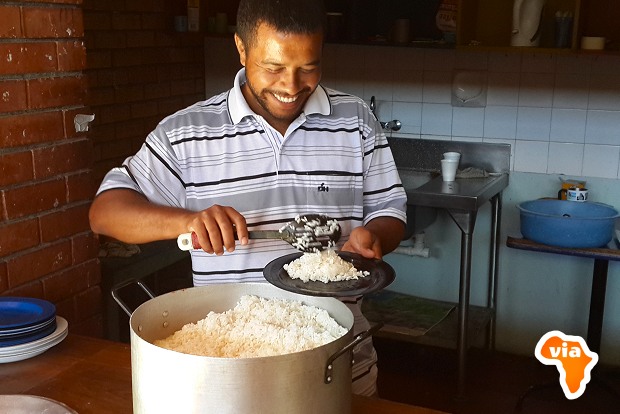
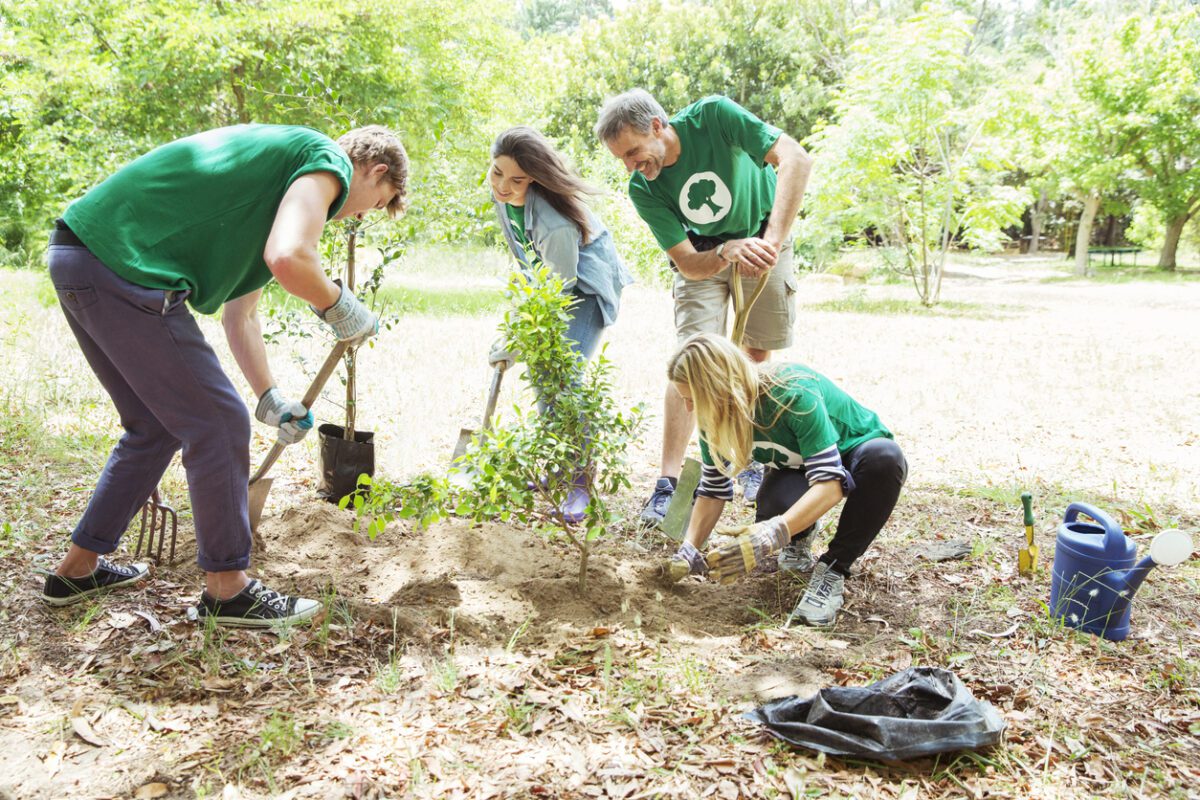







Munira Maricar · Travel Writer
With an international living background spanning Singapore, Qatar, Japan, and Mexico, Munira enjoys sharing insights on immersive travel while emphasizing the vital role of cultural respect and ethical engagement. Her extensive experience offers a unique perspective that inspires others to explore the world through service, ensuring that every journey respects and contributes positively to local traditions and communities.